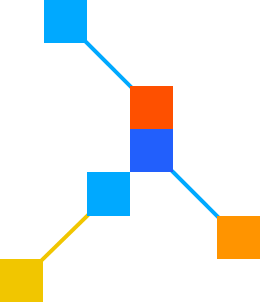Semiconductor Engineering: What Happened To Execute-In-Place?
by On Aug 26, 2020
What Happened To Execute-In-Place?
August 25th, 2020 – By Bryon Moyer
 The concept as it was originally conceived no longer applies. Here’s why.
The concept as it was originally conceived no longer applies. Here’s why.
“Demand-paging virtual memory is nothing else than a cache,” noted Michael Frank, fellow and chief architect at Arteris IP. But then Android came available for free, unlike the planned OSes. So the strategy changed from one of demand-paging to moving the entire code base from flash to DRAM, and then using the SRAM cache mechanism to further manage instruction access times — all in the interest of lower cost.
Frank also stated, “My definition of execute in place is where you do not have an address change, where you execute in a cached way, and your original source of the code or the data is still at the same address that you are executing at.”
To read the entire SemiEngineering article, please click here:https://semiengineering.com/what-happened-to-execute-in-place/
